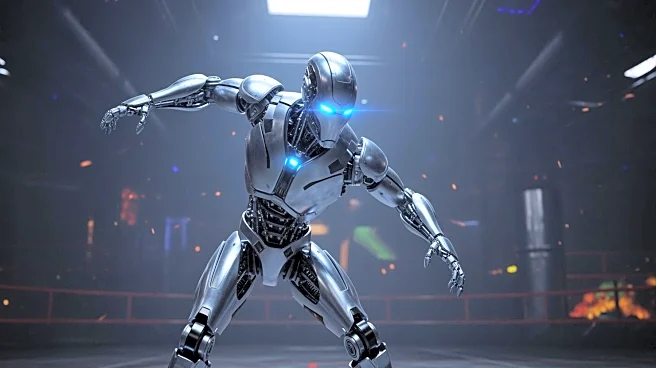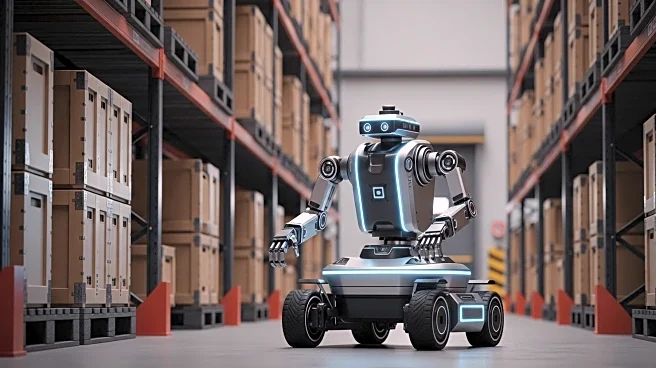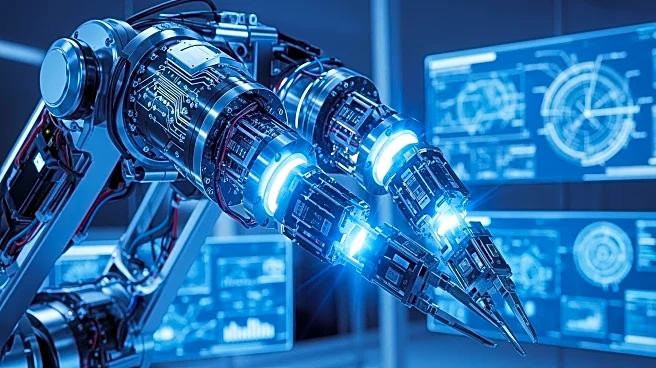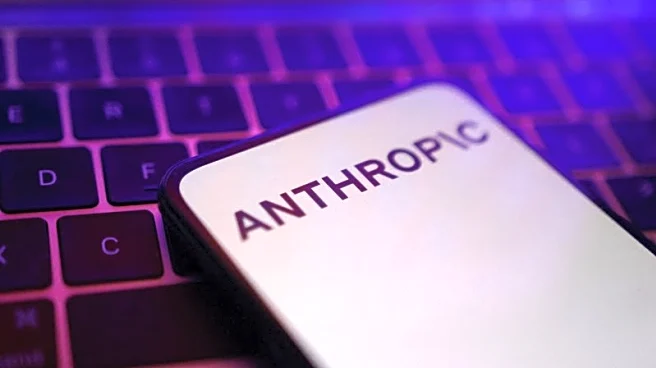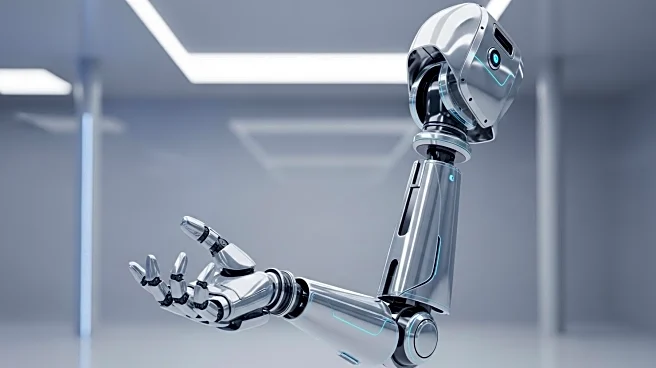What's Happening?
An underground robot fight club has emerged in a San Francisco basement, drawing attention from robotics enthusiasts and curious onlookers. The club, which operates discreetly, features robots battling
in a controlled environment, showcasing advancements in robotics technology and engineering. Participants design and build their own robots, which are then pitted against each other in matches that test their durability, agility, and combat capabilities. The event has become a local sensation, attracting a diverse crowd interested in the innovative and competitive aspects of robotics.
Why It's Important?
The underground robot fight club highlights the growing interest in robotics and engineering within the U.S., particularly in tech hubs like San Francisco. This event provides a platform for hobbyists and professionals to experiment with new technologies and push the boundaries of what robots can achieve. It also fosters a community of innovators who share knowledge and skills, potentially leading to advancements in robotics applications across various industries. The club's popularity underscores the increasing public fascination with robotics, which could drive further investment and development in the field.
What's Next?
As the underground robot fight club gains traction, it may inspire similar events in other cities, promoting wider engagement with robotics. Participants and organizers might seek to formalize the club, potentially leading to official competitions and partnerships with educational institutions. This could enhance opportunities for learning and collaboration, encouraging more people to explore careers in robotics and engineering. Additionally, the club's success might attract attention from tech companies looking to sponsor or collaborate with talented individuals in the robotics community.
Beyond the Headlines
The emergence of such clubs raises ethical and legal questions about the regulation of underground events and the safety of participants. As interest grows, there may be calls for oversight to ensure that these activities comply with safety standards and do not infringe on intellectual property rights. Furthermore, the club's existence reflects a cultural shift towards embracing unconventional and grassroots innovation, challenging traditional pathways in technology development.
